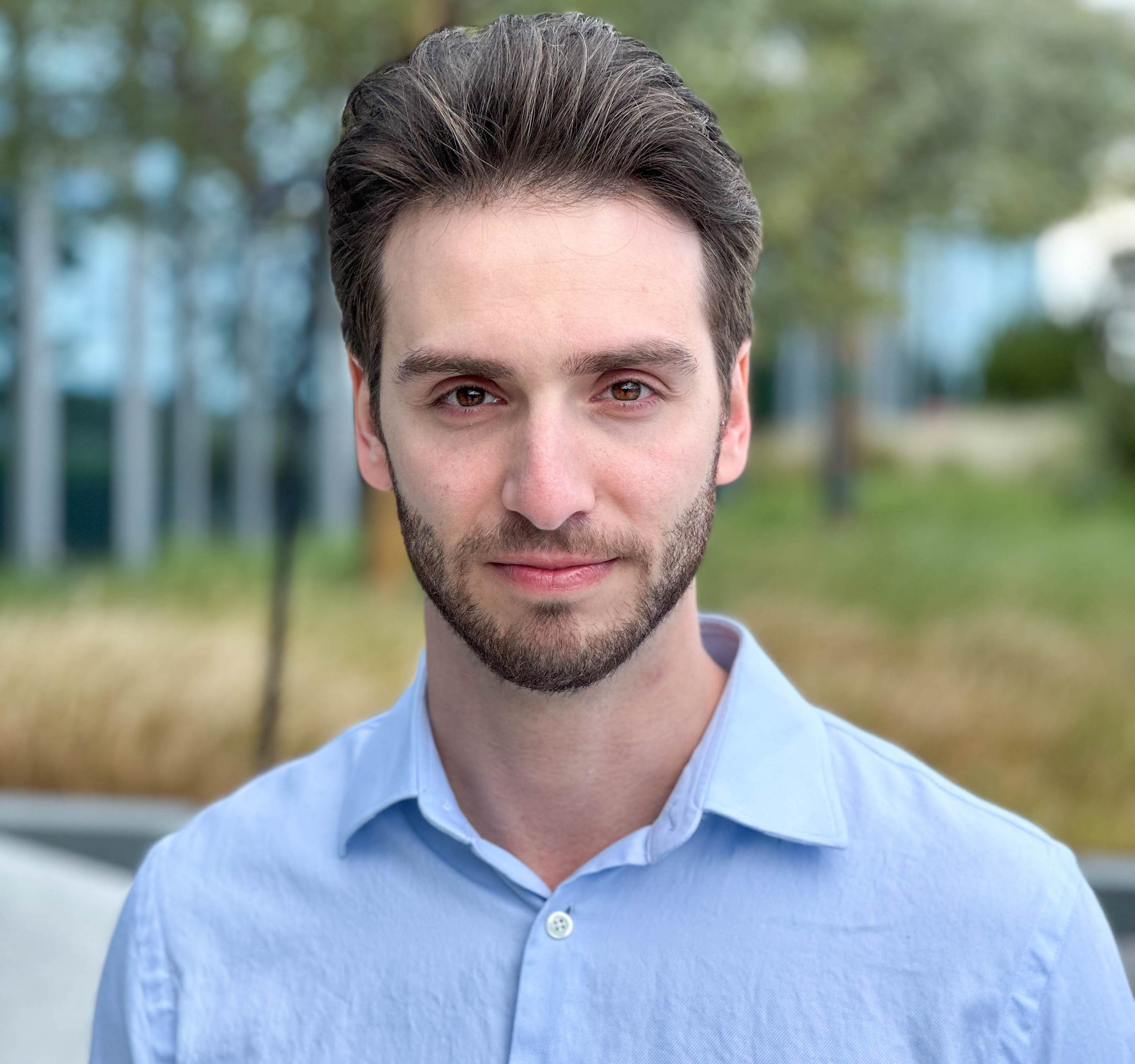
Michael Rubloff
Sep 3, 2025
The PlayCanvas engine has become one of the most important testbeds for gaussian splatting on the web, and with version 2.11.0 the team has taken another meaningful step forward. This release brings a mix of performance improvements, new capabilities, and workflow refinements that directly benefit anyone experimenting with radiance fields or large-scale splat rendering in the browser.
One of the most notable changes is the addition of support for the SOG v2 format. With radiance field content getting larger and more detailed, compression and streaming become essential. SOG v2 brings smaller files, faster transfers, and better playback performance across devices. For anyone building web-native radiance field experiences, this makes high-fidelity scenes more practical, particularly on mobile networks.
Another important improvement is the introduction of support for indirect draw calls on WebGPU. For developers pushing heavy workloads, it’s a way to shift more responsibility to the GPU, reduce CPU overhead, and make dense gaussian splatting scenes run far more smoothly.
At the rendering level, the engine now leans on a more unified GSplat architecture. The new pipeline cleans up how splats are scheduled, copied, and sorted, while laying the groundwork for GPU-driven LOD systems that can gracefully scale to world-sized point clouds. The benefit isn’t just raw speed; it’s also smoother transitions and a more stable experience for users navigating complex environments.
There are quality of life improvements here as well. The gizmo system has been refined, making it easier for developers to interact with and manipulate objects inside the engine. Image loading has been updated with proper progress tracking, which will make asset-heavy experiences feel more responsive. And under the hood, a range of stability fixes smooth out everything from particle emitters to clustered lighting, ensuring that real-time splat pipelines hold up under stress.
PlayCanvas remains open sourced for the most part and free to use. The full changelog can be found here.







